Latest Solana News
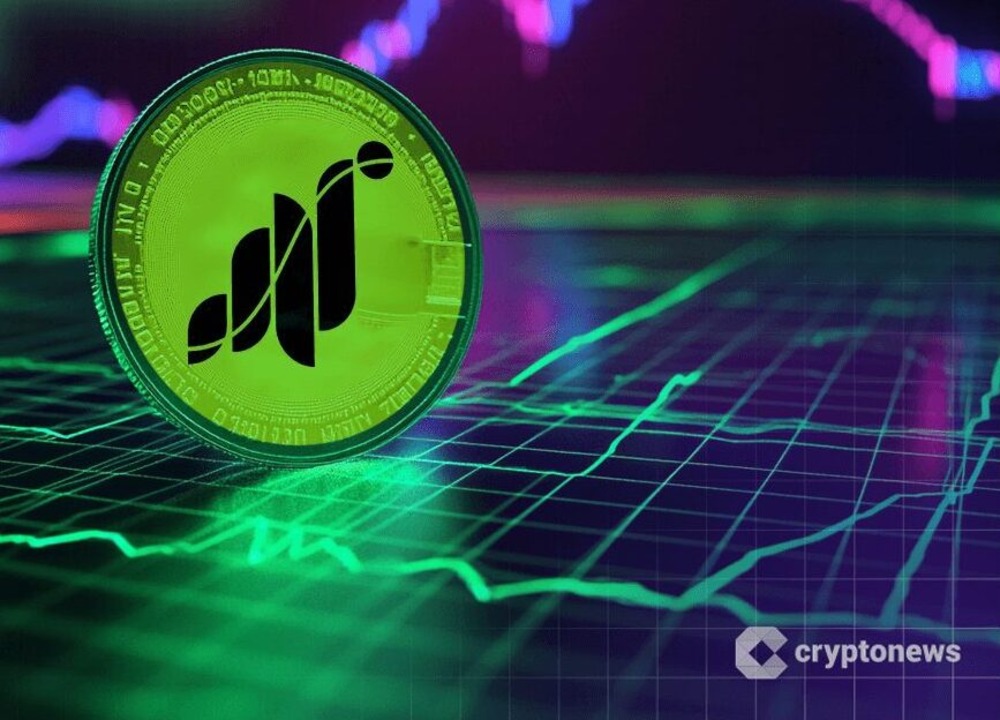
6 months ago
Grass ($GRASS) Faces Correction After 500% Surge: Future Price Predictions
Grass ($GRASS), a decentralized project built on the Solana blockchain, has experienced an 8% decline in value over the past 24 hours, following an impressive 500% surge earlier this month. This downturn raises questions about the sustainability of its recent growth, particularly as it aligns with a broader market correction. Despite this setback, $GRASS has managed to retain a 14-day gain of approximately 13%. The token, which launched in October 2024, has seen significant price fluctuations, reaching an all-time high of $3.90 before settling around $1.88, placing it among the top 123 cryptocurrencies by market capitalization at roughly $460 million.
Grass distinguishes itself by merging Decentralized Physical Infrastructure Network (DePIN) elements with Artificial Intelligence (AI) functionalities. Users who install the Grass browser app can share their excess internet bandwidth to train AI models, earning rewards in the process. This innovative model has led to substantial growth, with the user base expanding from 200,000 to over 3 million between Q4 2024 and early 2025. The platform's capabilities were further enhanced by the Sion Upgrade, which significantly improved its ability to scrape and process multimodal web content, achieving daily data collection rates that rival those of major tech companies.
Despite the recent dip in activity, with daily data scraping falling to around 759,000 TB, Grass remains a formidable player in the DePIN space, second only to Helium on Solana. The project has secured listings on major exchanges, and many traders believe it is currently undervalued, with bullish predictions suggesting a market cap of $1 billion and a potential price target exceeding $4 by year-end. Technical analysis indicates that while the asset has faced resistance, a rebound from current support levels could signal a new upward trend, although a drop below key moving averages might lead to further declines.
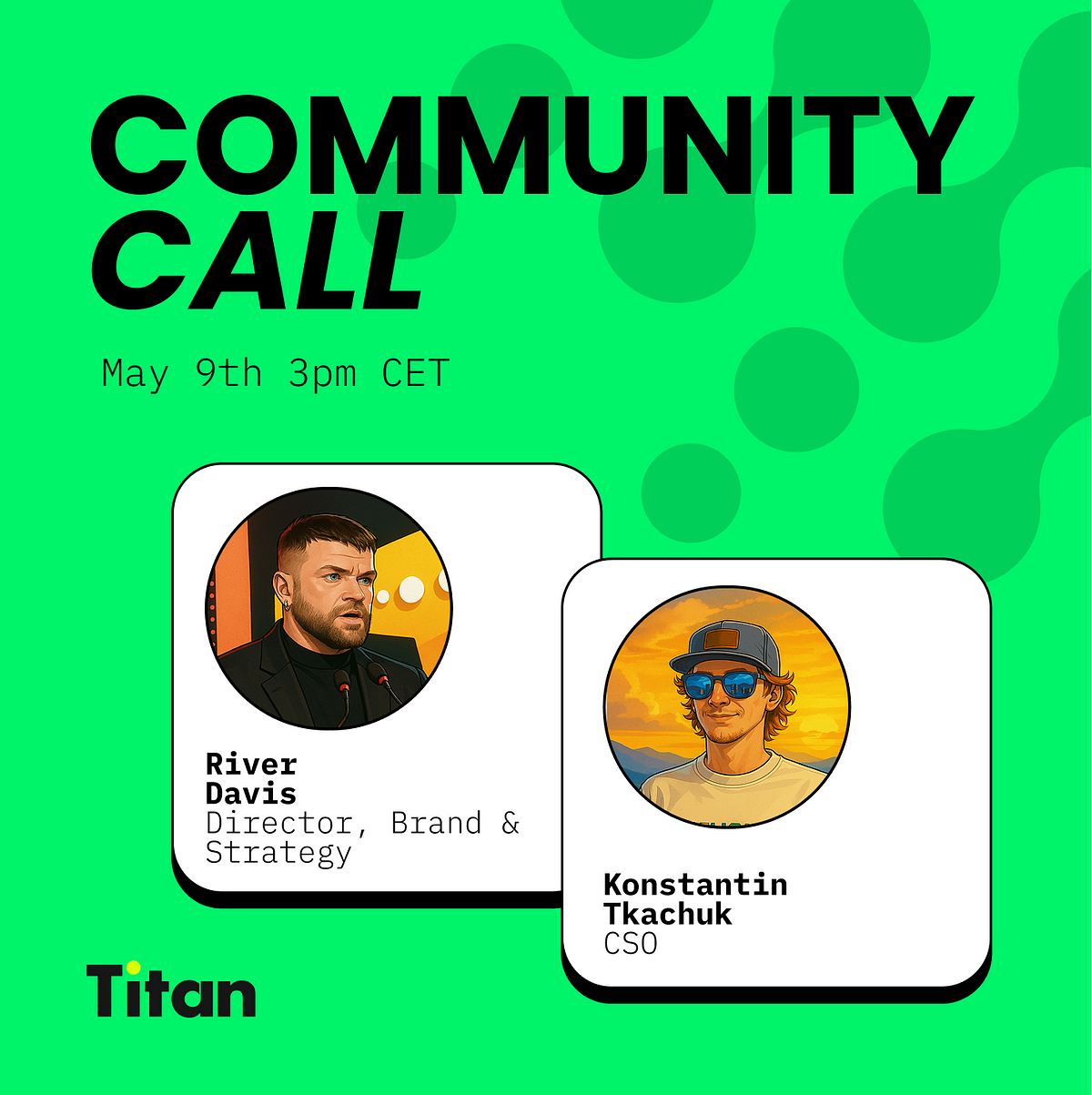
6 months ago
Titan Network's Community Space AMA Highlights Roadmap and Mainnet Preparation
On April 11, 2025, Titan Network held a significant Community Space AMA, focusing on its roadmap progress, technical upgrades, and opportunities for builders and contributors. The session featured project announcements, comprehensive answers to community-submitted questions, and a clear outlook for the path to the mainnet. Key topics included the finalized roadmap, which outlines essential steps leading to the mainnet launch, such as the release of the technical whitepaper, tokenomics paper, exchange pre-approvals, Series A fundraising, codebase finalization, and audit processes.
Titan Network is gearing up for a mainnet launch this year, emphasizing the importance of a secure, fully audited, and functionally complete rollout. The AMA also highlighted updates on Testnet 4, which is now accessible on Windows, allowing for easier node setup. Additionally, the new L1 node optimization plan promises increased rewards for compliant nodes post-mainnet. With TNT4 staking surpassing $1 million in staked tokens and a new cross-chain bridge enabling staking between Solana and Titan chain, the ecosystem is expanding rapidly. The team is also working on merging Testnet 3 and 4, although no specific date has been set yet.
In terms of functionality and infrastructure, Titan's app is undergoing significant upgrades, including UI unification and intuitive node management. The team is exploring ambitious use cases, such as providing CDN infrastructure for major Web2 platforms. Future plans include attending global Web3 events and exploring partnerships in gaming and virtual worlds. The AMA also touched on tokenomics, with plans for dynamic reward adjustments, potential token burns, and governance tools post-mainnet. Community involvement is encouraged through various initiatives, including testing features, content creation, and a potential regional ambassador program, ensuring that Titan Network remains engaged with its user base.
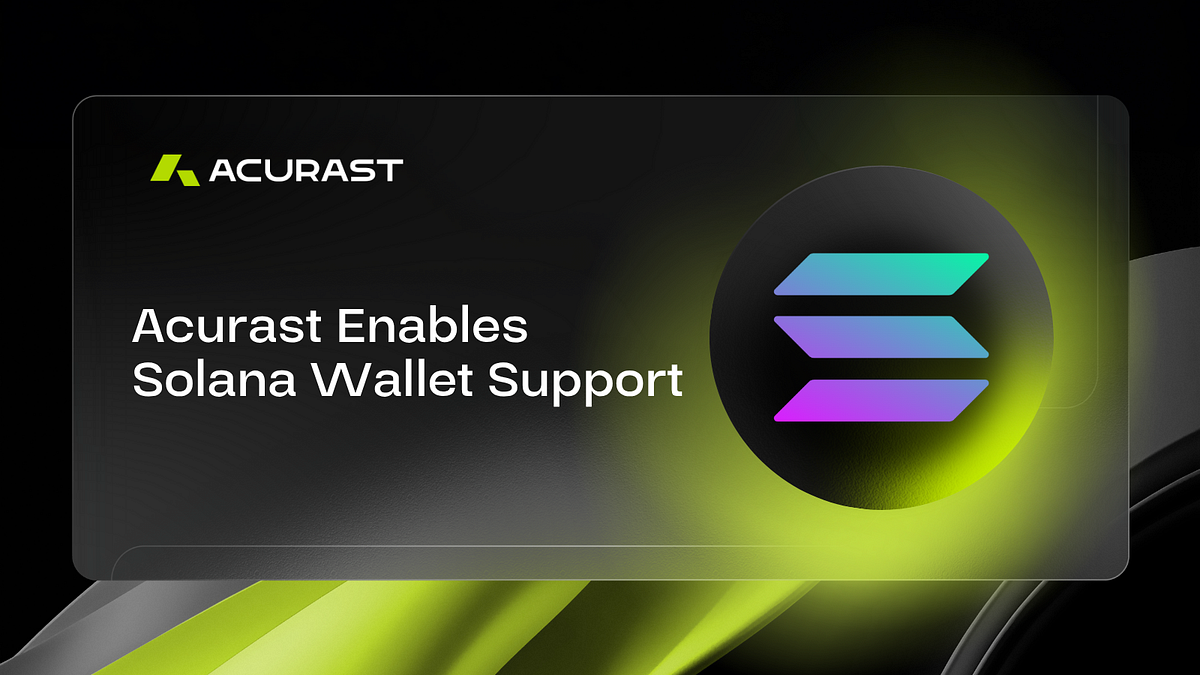
6 months ago
Acurast Integrates Solana Wallet Support to Enhance Decentralized Compute Accessibility
Acurast, a pioneering decentralized compute network based in Zug, Switzerland, has recently announced the integration of Solana Wallet support into its Android and iOS applications. This significant update aims to simplify the onboarding process for new contributors, allowing them to utilize wallets like Phantom to connect their smartphones and provide compute power while earning rewards. With this enhancement, Acurast is not only expanding its accessibility but also reaching a broader audience within the web3 ecosystem. Co-Founder Alessandro De Carli emphasized the importance of inclusivity and ease of access in decentralized computing, stating that the future must be fast and user-friendly.
The core mission of Acurast is to redefine cloud computing by transforming everyday smartphones into secure, decentralized compute nodes. Leveraging Trusted Execution Environments (TEEs) found in modern mobile devices, Acurast offers a scalable and confidential compute infrastructure that operates independently of centralized data centers. With over 65,000 active phones contributing to the network and processing 250 million transactions across 130+ countries, Acurast has established itself as the world's most decentralized compute network, showcasing the potential of community-driven technology.
The integration of Solana Wallets is particularly noteworthy due to Solana's reputation as a fast and cost-effective blockchain ecosystem with a growing user base. This development allows users to quickly connect their wallets to the Acurast Hub, onboard their devices in minutes, and securely provide compute resources. The latest versions of Acurast Core and Acurast Lite are now available on both the Play Store and App Store, making it easier than ever for users to join the movement towards a resilient and community-powered compute network, especially in light of vulnerabilities in traditional cloud infrastructure.

6 months ago
Solana's Recovery and the Rise of AI-Driven Projects Bittensor and Unilabs
Solana (SOL) has shown a remarkable recovery, bouncing back 90% from its lowest point this year, yet it remains constrained below the critical resistance level of $180. Analysts are optimistic, suggesting that the Solana price could be on the verge of a significant breakout, particularly as many SOL meme coins have recently surged. The current market sentiment is buoyed by strong fundamentals and an upward trajectory, with SOL hovering around the $170 mark. A decisive move above the $180 resistance could pave the way for a potential rise towards $200 and beyond, possibly reaching levels around $250.
In the midst of this, Bittensor (TAO) has emerged as a notable player, maintaining a steady performance while other cryptocurrencies, including Bitcoin (BTC), have struggled. The interest in Bittensor is largely driven by its innovative approach to decentralized AI, which has gained traction following high-profile events, such as Donald Trump's attendance at a crypto and AI innovators dinner. Currently trading around $457, Bittensor has demonstrated resilience, holding onto gains and reflecting a growing market confidence in projects that integrate blockchain technology with AI.
Meanwhile, Unilabs (UNIL) is gaining momentum as a compelling alternative for investors looking to diversify from traditional layer-1 networks like Solana. With a focus on merging blockchain transparency with AI infrastructure, Unilabs is positioning itself as a leader in the DeFi and AI space. Its innovative model, which includes a token-based incentive system, aims to attract users and developers alike. As Solana's growth stalls, Unilabs presents a unique opportunity for traders, potentially redefining the standards for DeFi AI platforms in a rapidly evolving crypto landscape.

6 months ago
Unilabs Leads the Charge in DeFi with AI-Driven Investment Strategies
The cryptocurrency market is experiencing a resurgence after a recent downturn, with Bittensor (TAO) breaking through its resistance levels and showing promising upward momentum. In tandem, Solana is also showing signs of a potential uptrend, following a period of stagnation. However, Unilabs is emerging as a standout project in this environment, having attracted over $30 million in assets under management (AUM) through its innovative passive income approach. Experts are highlighting UNIL as a project to watch closely in 2025, given its unique offerings in the decentralized finance (DeFi) space.
Unilabs is making waves as the world’s first AI-backed hedge fund manager, designed to give investors a competitive edge in the market. The platform incentivizes users through staking rewards for UNIL tokens and referral bonuses, which have contributed to its impressive AUM. With over 21 million UNIL tokens sold, the project offers access to four investment funds that span Bitcoin, real-world assets (RWA), artificial intelligence (AI), and mining sectors. Additionally, its AI Market Pulse tool provides valuable insights into investment opportunities, while the Memecoin Identification Tool aids high-risk traders in navigating the volatile memecoin landscape.
As the presale continues to gain traction, having already surpassed $114,000, each token is priced at $0.004, with expectations of a price increase in future rounds. Meanwhile, Bittensor has recently experienced a significant price increase, trading at $481 after a breakout above the $460–$470 resistance level. Similarly, Solana has regained momentum, currently trading around $176 after a notable rise. Both projects are capturing market attention, but Unilabs' innovative asset management features are poised to revolutionize crypto investment, making it a key player to watch in the coming months.
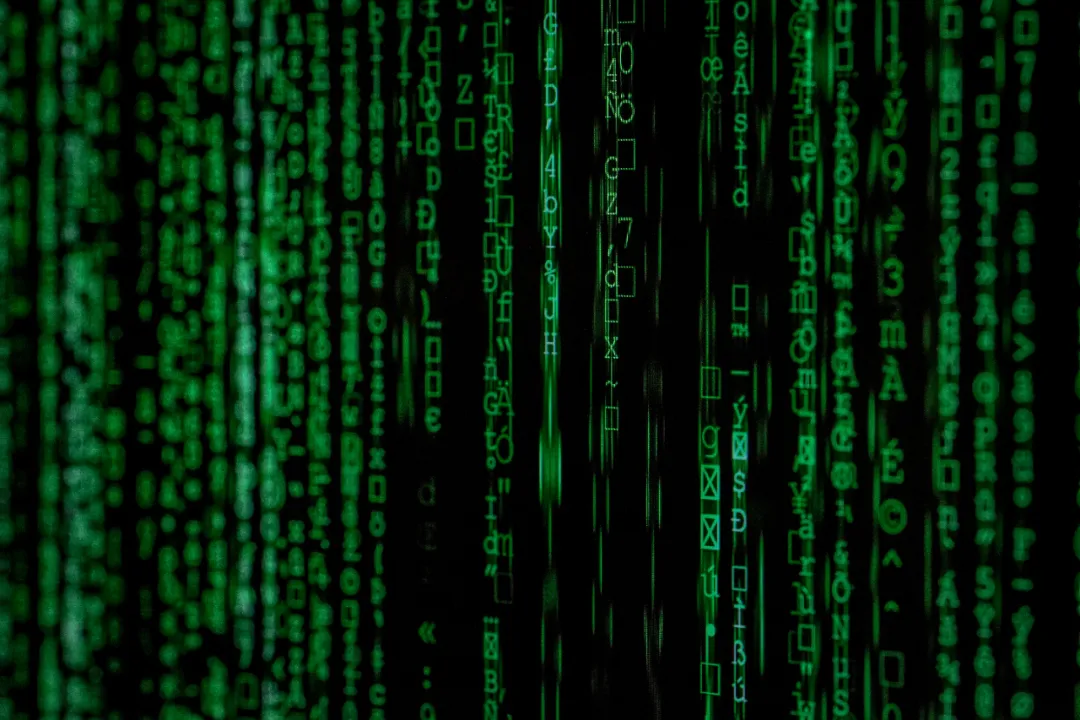
6 months ago
Exploring the Potential of DEPIN in Web3
In the rapidly evolving landscape of Web3, DEPIN, or Decentralized Physical Infrastructure Networks, is gaining significant attention. This innovative concept leverages the principles of decentralization to transform fragmented resources into valuable services. Amira Valliani, head of DEPIN at the Solana Foundation, emphasizes that DEPIN enables individuals to contribute their idle resources, such as WiFi bandwidth or data collection capabilities, to create a collaborative infrastructure. Projects like HiveMapper and Helium exemplify this model, allowing users to earn tokens by sharing their resources, thereby democratizing access to essential services that were previously dominated by large corporations.
The relationship between DEPIN and artificial intelligence (AI) is particularly noteworthy. As AI technology continues to advance, the demand for real-world data is skyrocketing. DEPIN serves as a vital data collection network that can provide the necessary information for AI applications, such as self-driving cars and delivery robots. By utilizing decentralized networks, DEPIN can gather data more efficiently and cost-effectively than traditional methods. This synergy between DEPIN and AI not only enhances the capabilities of AI systems but also opens new avenues for decentralized AI projects, challenging the dominance of major tech companies.
Looking ahead, Valliani predicts that DEPIN could evolve into a trillion-dollar industry, driven by the maturation of development tools, the increasing demand for real-world data due to AI advancements, and the influx of practical entrepreneurs into the Web3 space. As DEPIN lowers the barriers to entry for individuals to participate in infrastructure development, it creates new job opportunities and empowers ordinary people to engage in the digital economy. For those who missed the early days of Bitcoin and Ethereum, DEPIN presents a promising opportunity to get involved in the next wave of technological innovation.
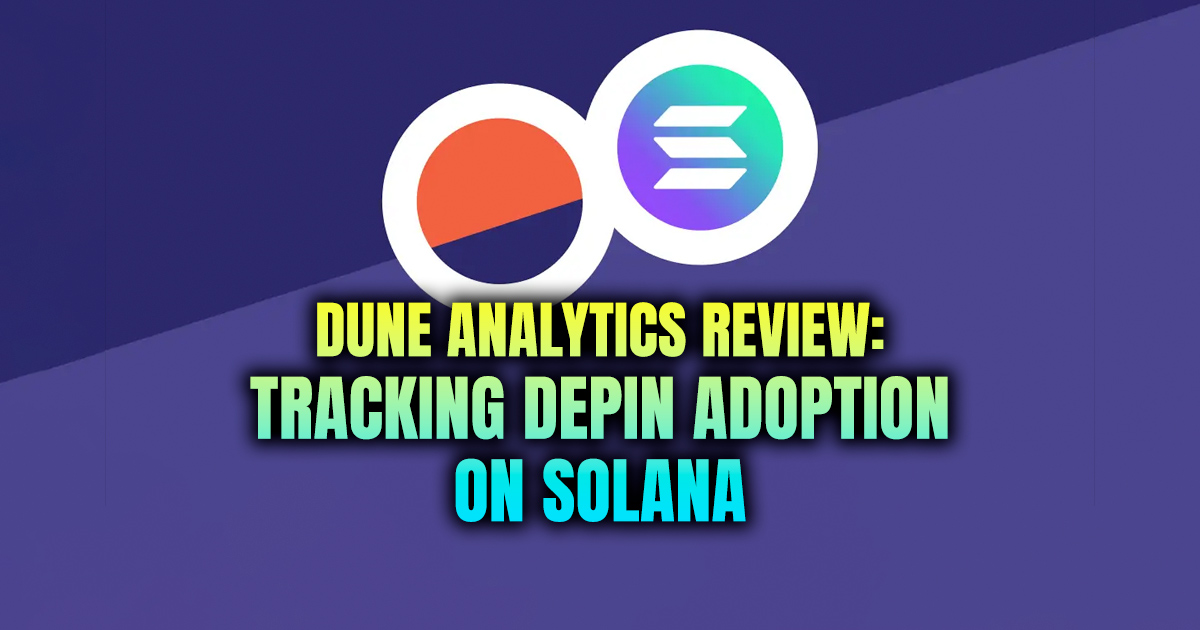
6 months ago
Solana's DePIN Ecosystem: A New Era of Decentralized Infrastructure
The Solana ecosystem is witnessing a surge in decentralized physical infrastructure networks (DePIN), particularly following the Solana Crossroads event in Istanbul. Developers are leveraging blockchain technology to build innovative infrastructure, including wireless networks and AI capabilities. One standout project is the Render Network, which is creating a decentralized platform for 3D creators and AI developers to access global GPU power without relying on centralized servers. Recent on-chain data reveals that Render Network has achieved peak revenues of $300,000 per week, with over 121 million RNDR tokens burned, indicating strong user engagement. The platform integrates with popular industry tools like Blender and Arnold, and contributors have earned more than 2.4 million RNDR tokens in rewards, showcasing the potential of decentralized computing.
Another notable player in the DePIN space is Nosana, which is revolutionizing AI task processing by decentralizing inference. Instead of depending on major cloud providers like AWS, Nosana enables node operators to handle AI workloads. Since its mainnet launch in January 2025, the number of daily active nodes has more than doubled to over 600, with a total of 4,200 nodes operating across more than 60 countries. This global reach highlights how Nosana is meeting the increasing demand for AI processing in a community-driven manner, further solidifying the role of DePIN in the evolving tech landscape.
Lastly, UpRock is tapping into the potential of mobile devices by allowing users to share bandwidth and computing power in exchange for crypto rewards. Users are reportedly earning over $1,500 weekly, with a focus on mobile-first DePIN solutions. UpRock employs on-chain buybacks to sustain contributor rewards, emphasizing its commitment to advancing the DePIN movement. Overall, Solana's DePIN ecosystem is not only thriving but also demonstrating that the future of crypto lies in building essential tools that enhance everyday life, rather than merely trading assets.
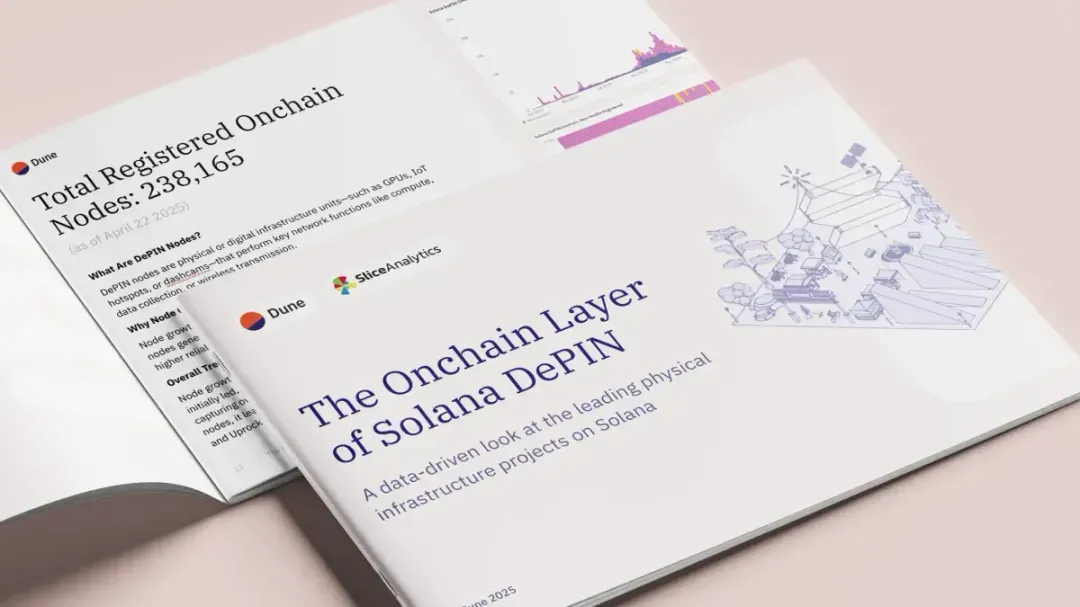
6 months ago
Solana Emerges as Leader in DePIN Projects: A Comprehensive Analysis
The latest research report from Dune and Slice Analytics presents a comprehensive analysis of the Decentralized Physical Infrastructure Network (DePIN) projects on Solana, highlighting their development status, market performance, and on-chain data. DePIN is emerging as a transformative model that utilizes cryptocurrency incentives to operate real-world infrastructure, such as shared GPUs and telecommunications networks. Solana has positioned itself as a leading platform for these projects due to its high throughput and low transaction costs, making it an ideal environment for the growth of DePIN applications. As of April 2025, the total market value of DePIN projects on Solana reached $3.25 billion, surpassing other blockchain platforms significantly.
The report categorizes DePIN projects into five main segments: Compute, Wireless, Sensor, Server, and AI, with the Compute category dominating the market at 71.2%. Projects like Render and Helium are leading the way, providing decentralized processing power and wireless connectivity, respectively. The growth of registered on-chain nodes for DePIN projects on Solana has also been notable, reaching 238,165 by April 2025. Helium, in particular, has seen rapid growth in its mobile user base and node deployment, while Render and Hivemapper continue to expand their contributions to the ecosystem.
As the cryptocurrency industry matures, on-chain revenue has become a crucial metric for evaluating the sustainability of these projects. By April 2025, the total on-chain revenue for DePIN projects on Solana reached $5.98 million, indicating a strong product-market fit. Helium emerged as the top earner, while Render and Hivemapper also demonstrated significant revenue generation. The report underscores Solana's dominance in the DePIN space and emphasizes the importance of transparency in tracking on-chain activities, which remains a challenge due to the reliance on off-chain hardware and third-party integrations.
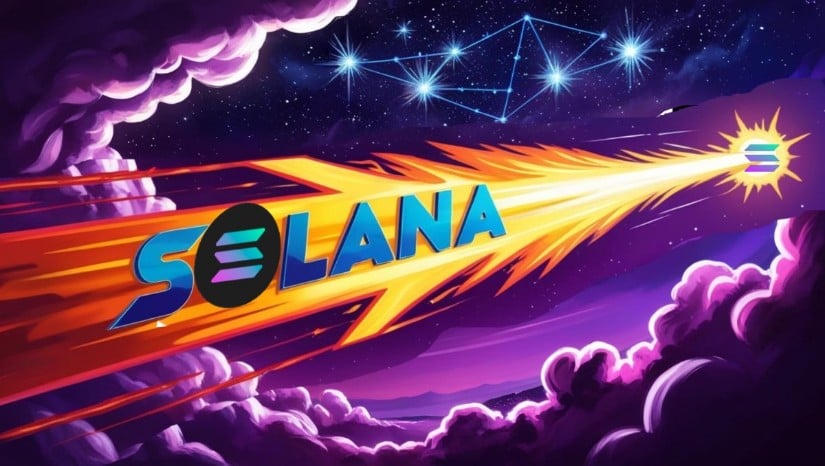
6 months ago
Solana's Bullish Momentum: Transfer Volumes and Capital Inflows Drive Price Predictions
Solana is experiencing a significant bullish momentum, driven by increased transfer volumes, capital inflows, and a strong presence in the DePIN market. Recent data indicates that Solana has moved approximately $28.07 billion in transfer volume over the past 30 days, surpassing both Ethereum and BNB. This surge not only highlights Solana's growing real-world usage but also strengthens the bullish case for its native token, $SOL. As market sentiment shifts towards risk-on, analysts are optimistic about Solana's price potential, with targets set between $170 and $180.
In addition to impressive transfer volumes, Solana has seen a remarkable capital inflow of $4.72 billion in just one week, bringing its total capital to $9.46 billion. This marks the highest level since March and signals a resurgence of confidence in the network. Analysts suggest that this influx reflects rising institutional interest and liquidity, further bolstering the bullish narrative surrounding Solana. The recent breakout from a falling wedge pattern reinforces this optimism, with expectations of continued upward momentum if the price holds above key resistance levels.
Moreover, Solana's dominance in the DePIN market has reached 46.5%, showcasing its potential for future growth. With only 17 Solana-based assets compared to 70 on EVM chains, this dominance suggests that Solana is well-positioned for price appreciation. As the network aligns both technical and fundamental factors, analysts predict that if Solana maintains its momentum, it could reach new heights, potentially exceeding $220 in the near future. The combination of rising transfer volumes, significant capital inflows, and DePIN market leadership sets the stage for Solana's continued success in the coming months.
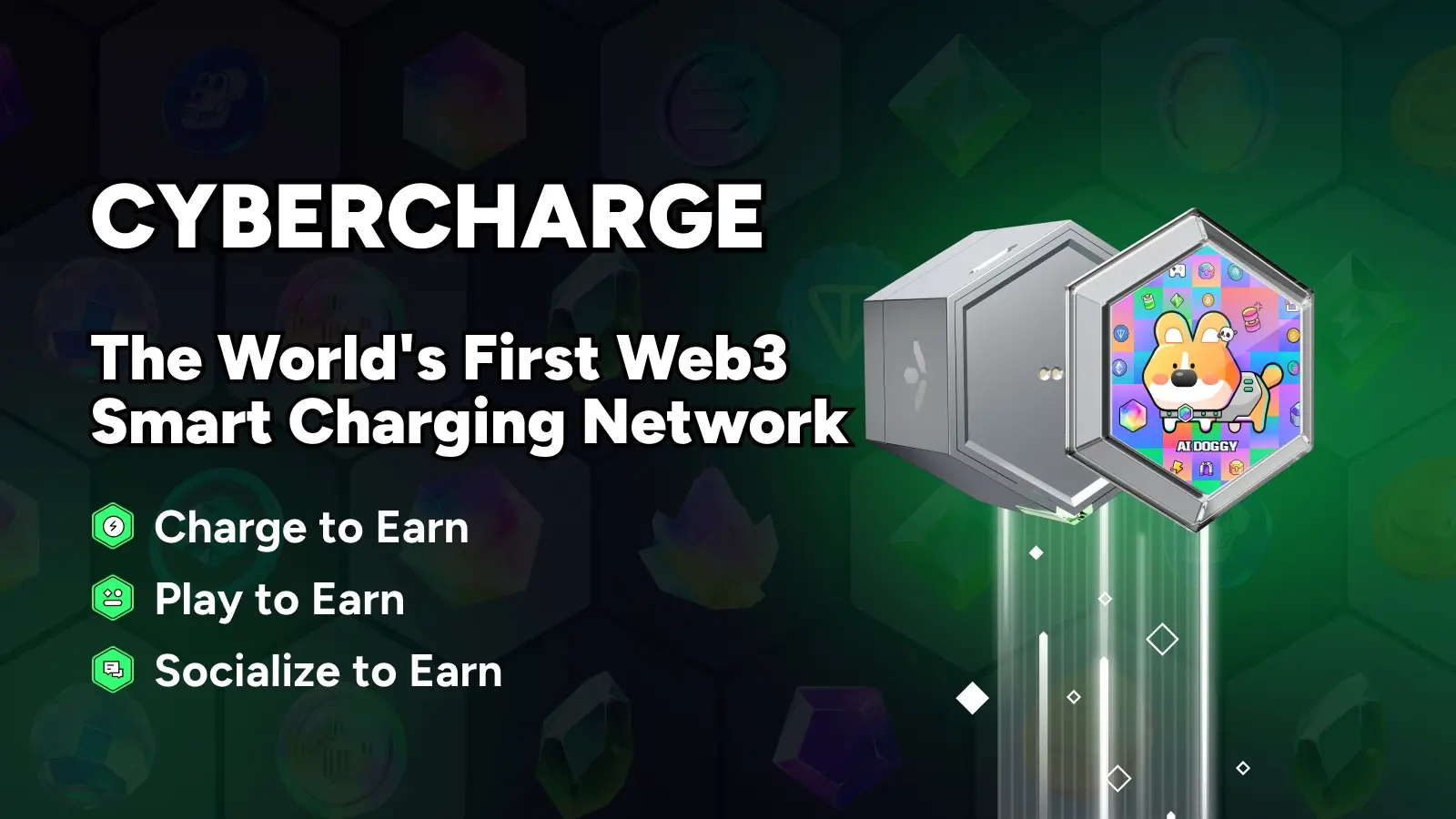
6 months ago
The Rise of DePIN: Innovations and Challenges in 2024
In 2024, the DePIN sector is witnessing a significant surge in interest, as highlighted by Messari's State of DePIN 2024 report. Over 13 million devices are actively participating in various DePIN networks daily, with the total market capitalization of related tokens exceeding $50 billion. Despite this growth, the sector's current scale is modest compared to its potential trillion-dollar market. The report notes that 20 DePIN projects have surpassed 100,000 active nodes, with five exceeding one million. However, these projects face ongoing challenges in demand generation and monetization, which are critical for sustainable growth.
Helium, a pioneer in the DePIN space, continues to enhance its network through upgrades and expansions. Following its migration to the Solana chain, Helium saw a rise in IoT hotspots to 32,900 and 5G mobile hotspots to 24,800 by Q4 2024. The partnership with traditional telecom operators has significantly improved network utilization, with Helium offloading over 576 TB of data traffic, marking a 555% increase quarter-over-quarter. Despite these advancements, the DePIN sector struggles with high hardware costs, cold start challenges, node quality issues, and inadequate Sybil resistance mechanisms, which hinder its overall market performance.
Emerging projects like CyberCharge are exploring innovative solutions to address these challenges by lowering barriers to entry. CyberCharge has introduced a decentralized charging network with a Charge-to-Earn model, allowing users to earn crypto rewards through everyday charging activities. This approach not only makes participation accessible but also enhances user engagement through interactive features. As the DePIN sector evolves, the focus on real-world applications and sustainable business models will be crucial for attracting users and fostering long-term demand. The future of DePIN looks promising, with the potential for significant growth as it integrates blockchain technology into everyday infrastructure.
Signup for latest DePIN news and updates